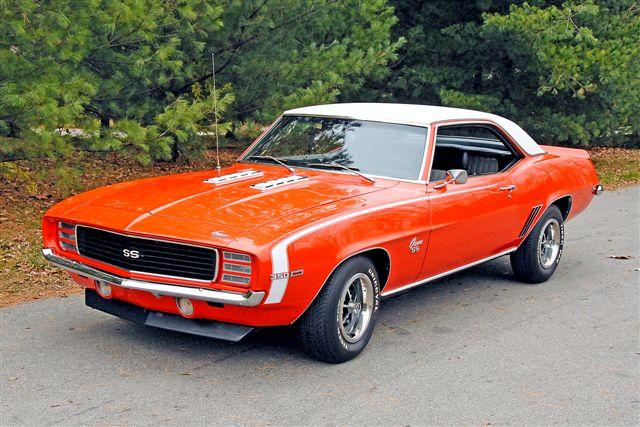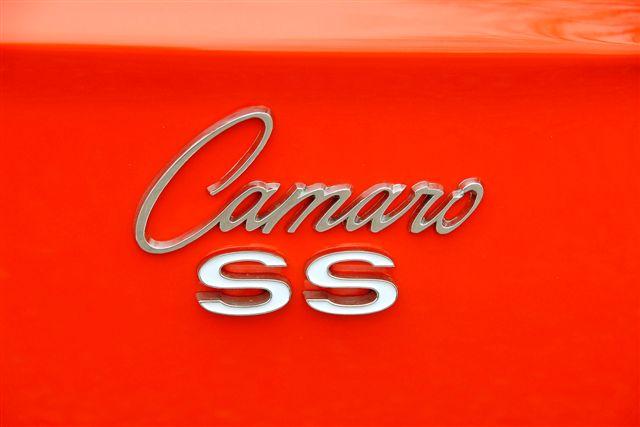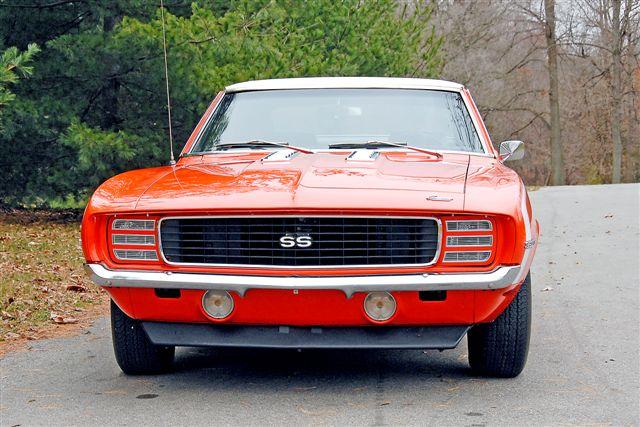The ’69 Camaro through the years has proved itself to be the most popular of all the model years it was built. And when you think about it, the high sales came quite by accident.
The ’70 Camaro, a new design, just wasn’t ready on time, so the ’69 continued to be produced til the end of the year. Little did anybody at the time realize what a classic it would become many decades in the future. What was created was a classic that today draws huge money in national auctions.
Also, there were two appearance packages that created huge interest during the time period. The Super Sport option provided the likes of front power disc brakes, simulated chrome hood air intakes, special suspension, extra hood insulation, sport striping, F70x14 white-letter tires, five-spoke wheels, and numerous SS emblems. That model year, 34,932 models were built with the Super Sport option.
The RS Rally Sport package provided a full-length black grille, hidden headlights, lower parking lights, back-up lights, special body striping, and rocker/wheelhouse mouldings. Slightly more ’69 Camaros, 37,773 to be exact, had the RS option.But then, things get interesting as a number of the cars acquired both options. Unfortunately, here is no record of how many of those particular two-option models were built. Some Camaro experts have indicated that it could have been as many as 10,000-15,000. But be assured, these models are certainly coveted by musclecar collectors.
Another highlight for the Camaro of 1969 was the family of engines available, the most notable of course being the family trio of 396 engines with 325, 350, and 375 horse ratings.
But the standard engine certainly wasn’t something to scoff at, being the 300hp Turbo-Fire 350 which was also capable of providing an impressive 380 pound-feet of torque. Guess it could be called a muscle sleeper of an engine, producing only 25 less horses than the lowest member of the 396 engine family, yet displacing a significantly-fewer 46 cubic inches.
The engine featured a dual-plane, cast-iron intake mated to a Quadrajet carburetor. The intake air was also superbly handled by large cast iron heads with 1.94 inch intake valves and 1.50 exhausts.
Continue on the NEXT PAGE















Facebook Comments